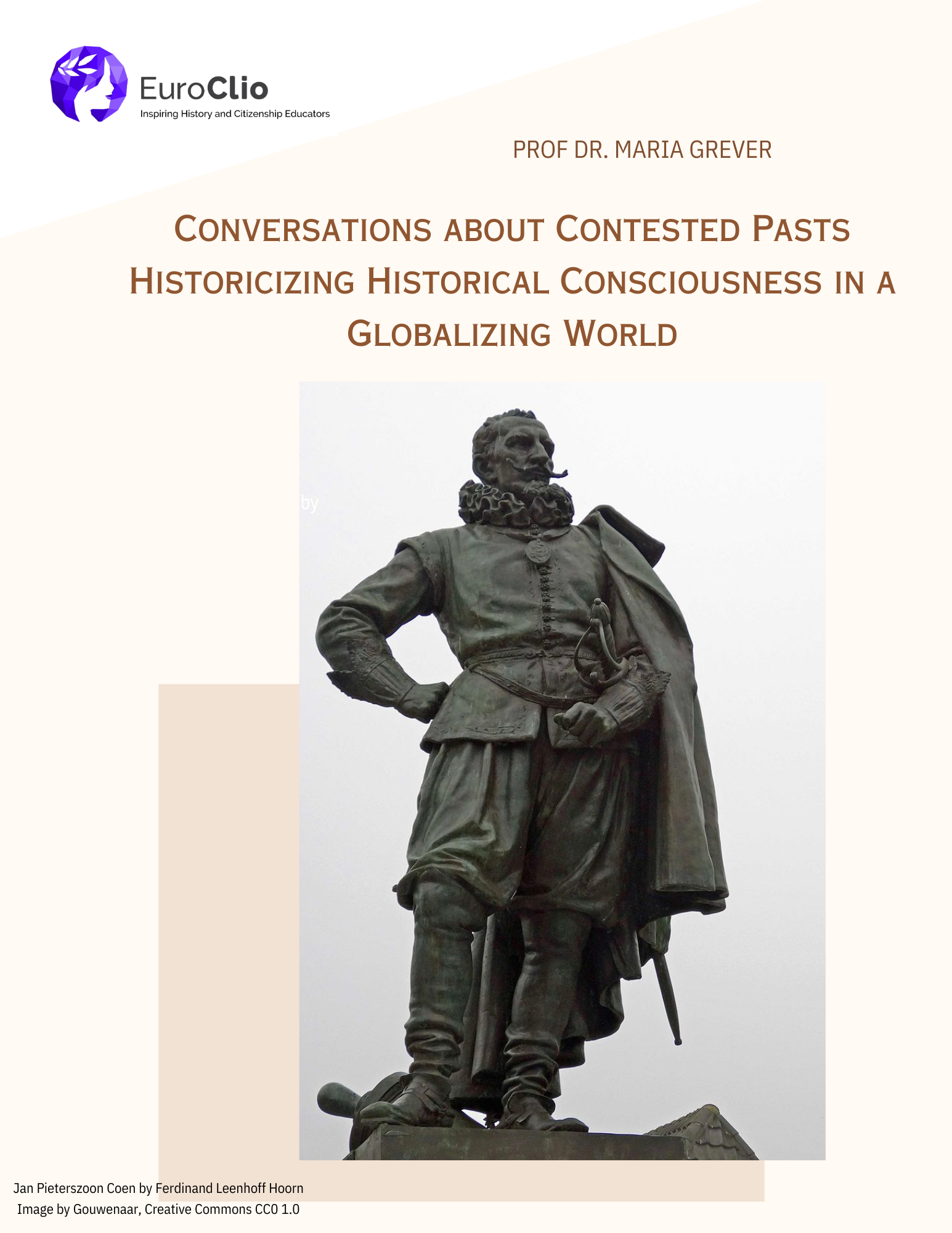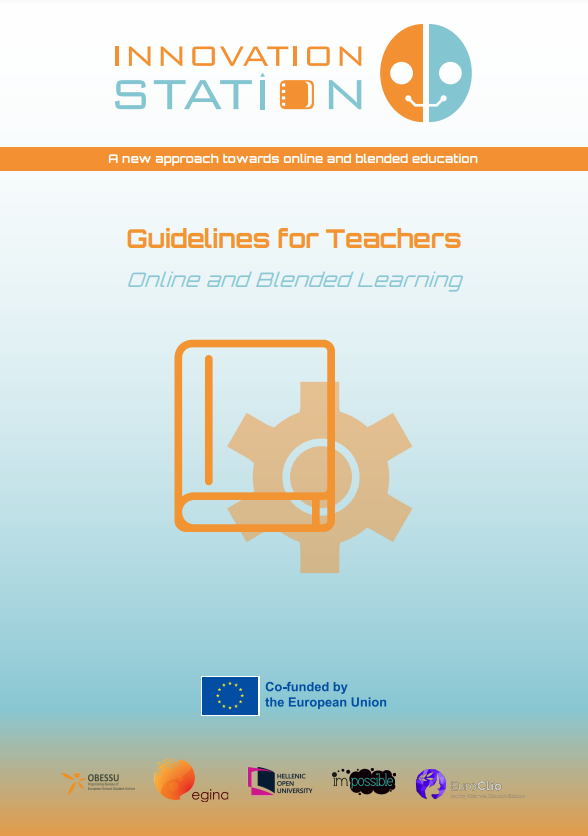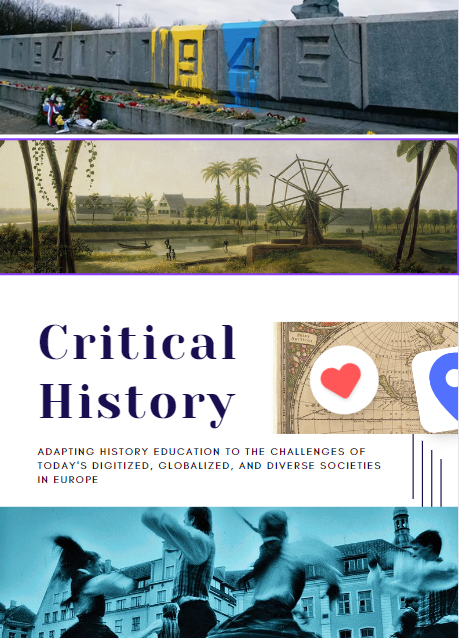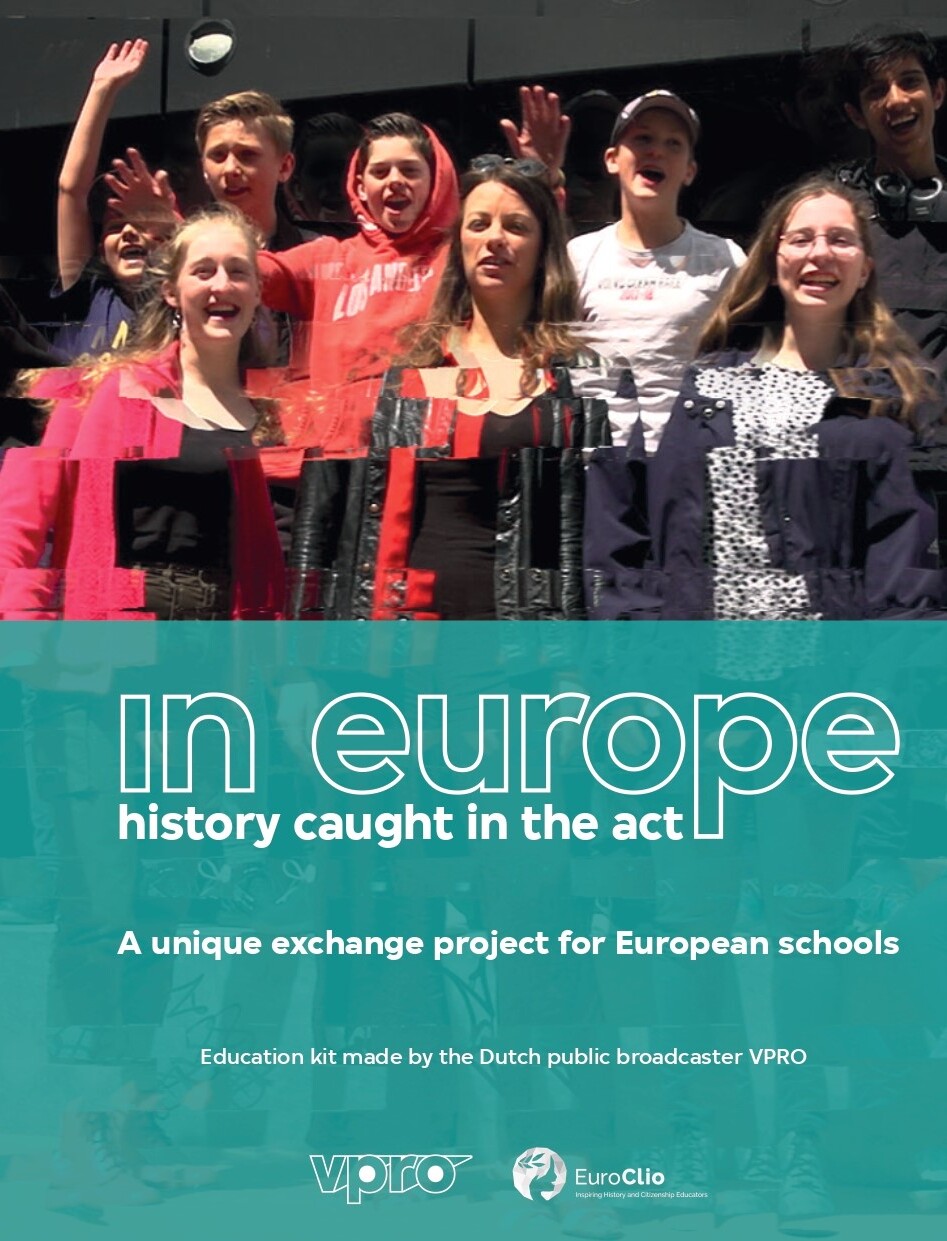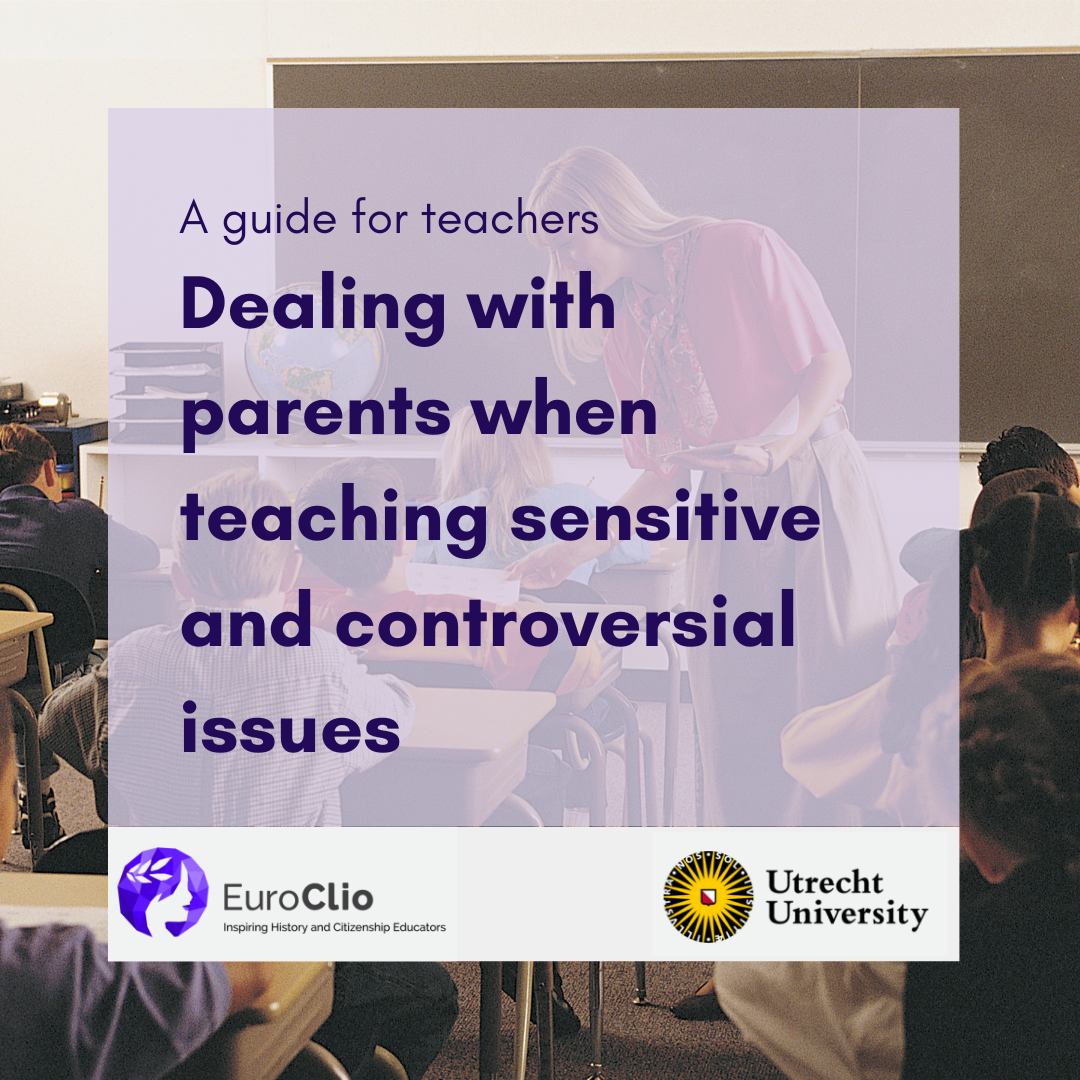Looking at the example of the Norman conquest in England, his practice helps students to get at the diversity of the impact: how it was experienced by different people, how big was the change or was there actually a lot of continuity. Using a washing line across the classroom, different groups within society are pinned closer towards change or continuity. By visualizing the relative impact on different groups the complex concept of impact is broken down for students.
The practice
Helen Snelson has created an interesting project that is aimed at allowing the students to understand which aspects have changed, which have not and to show the scale of change. In order to be able to do so, Helen recommends stringing a line across the classroom and having the word change pinned to 1 end, continuity on the other end. The creation process is quite simple and is divided in three steps.
During Step 1, you have to write transport on 1 A4 piece of paper, while on another, in 48-font, 5 lines of text are needed. The aim is to match knowledge, by matching the headings with the information. This is done by pinning the description on the walls and asking the students to put the headings in the right place. One half of the class is given the headings, while the other is given the explanations and the students have to find the correct heading.
After completion of step 1, the teacher should only focus on the headings and give students an opportunity to decide whether each heading is pinned closer to change or closer to continuity line. During this step, students are also encouraged to work on their team work skills, because they have to, in pairs, make a decision where to hang the heading. Then, they have to go back to the group and discuss whether or not the location of the heading fits. Their argumentation and analysis skills also improve during this step, because the incentive is to have students make convincing arguments for the perfect location of the heading (i.e. should the heading be moved closer to one or another?) It should be noted that during this step, evidence and knowledge level might result in changes between students. It is also much easier to apply knowledge gained from elsewhere.
In Step 3, students are able to see the patterns made and they can make the conclusions themselves.
Obstacles and lessons learned
The most important point to remember is the fact that this activity is very flexible and it allows for broader adaptability in the classroom. For example, if students are having difficulties with concentration, the activity can be amended to allow the teacher to control the matching of headings and explanations or the teacher can let the students take their own initiative.
The good thing about this practice is that it is largely inexpensive for educators. All they need is a couple of pieces of paper, washing line and some tape. The activity is also good for larger groups, as well as for ESL students.
The effect of the practice
This teaching strategy enables students to deploy their historical knowledge to think historically about change and continuity. In the case given as an example, students are able to see that there was most change for the previous ruling classes, whereas there was less change for less powerful people. The activity enables students to discuss both the diversity of the impact of change and the nature and scale of its impact on different parts of society. It is an example of a strategy that can be adapted to enable students to learn about important historical concepts.
About the interviewee
Helen Snelson trains history teachers at the University of York. She is also chair of the UK Historical Association’s Secondary School committee and is a Chartered History Teacher.
Background to the project
In schools, especially larger public schools, classroom sizes can be rather big. As a result, students may not always be able to grasp the full impact of a particular event.
The project was used in an independent school with many international and ESL students and by teacher trainees from at the University of York.
Additional information
For more information about this sort of strategy, please contact helen.snelson@york.ac.uk. You may also like to explore www.thinkinghistory.co.uk
Written by Judith Geerling (EuroClio) based on an online interview with Helen Snelson (Mount School York) in York on 07 January 2017. Special thanks to Ian Dawson’s Thinking History practice, which served as the basis for this project.

